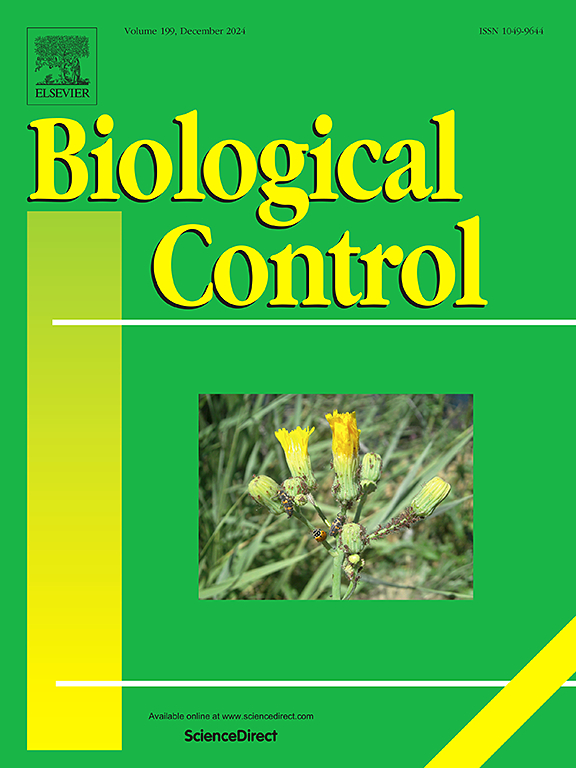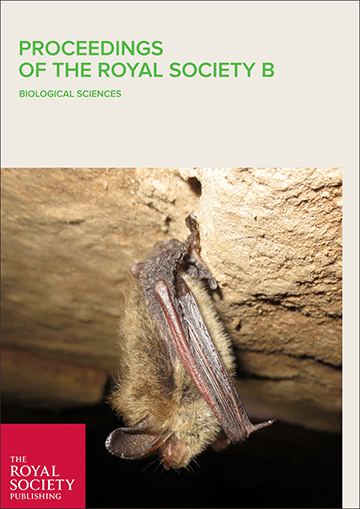There is a need for scaling-up agroecology to promote sustainable agriculture at global level. Although, recent studies show that agroecological approaches can achieve both high yields and profits compared with conventional systems, the performance of other socioeconomic indicators remains unknown. This study has two objectives (i) identify the main characteristics of small-scale producers who represent the target-groups of the SDG 2; (ii) provide a comparison between push–pull and conventional farming systems of maize production to explore and possibly implement sustainable systems. In collaboration with Biovision Africa Trust, a participatory assessment framework was implemented in Western Kenya. Twenty-three farmers were selected and data were analysed showing that the push–pull contributes to social/cultural and natural/ecological capitals. In particular, push–pull farmers are more focused on socially oriented groups (75%); moreover, they cultivate smaller plots (1.9 ha) compared to conventional farmers (3.1 ha) without showing a reduction in profitability. The benefits of adopting push–pull system indicated by farmers (e.g. diminished Striga weed) are consistent with the advantages reported in relevant scientific literature. Considering the explorative nature of this study, the article makes a key contribution by pointing towards important questions for future research on agroecology in Sub-Saharan African countries.
DOI:
https://doi.org/10.1080/14735903.2020.1822639
Puntuación Altmetric:
Dimensiones Recuento de citas:

Año de publicación
2021
Autores
D'Annolfo, R.; Gemmill-Herren, B.; Amudavi, D.; Shiraku, H.W.; Piva, M.; Garibaldi, L.A.
Idioma
English
Palabras clave
agroecology, agriculture, crop production, farming system, livelihood, maize, participatory approach, profitability, smallholder, socioeconomic impact
Geográfico
Kenya


















